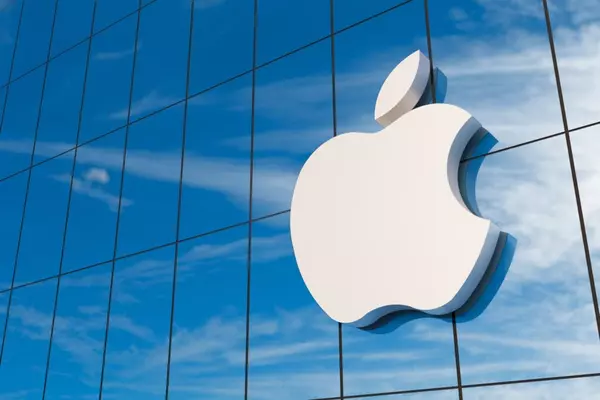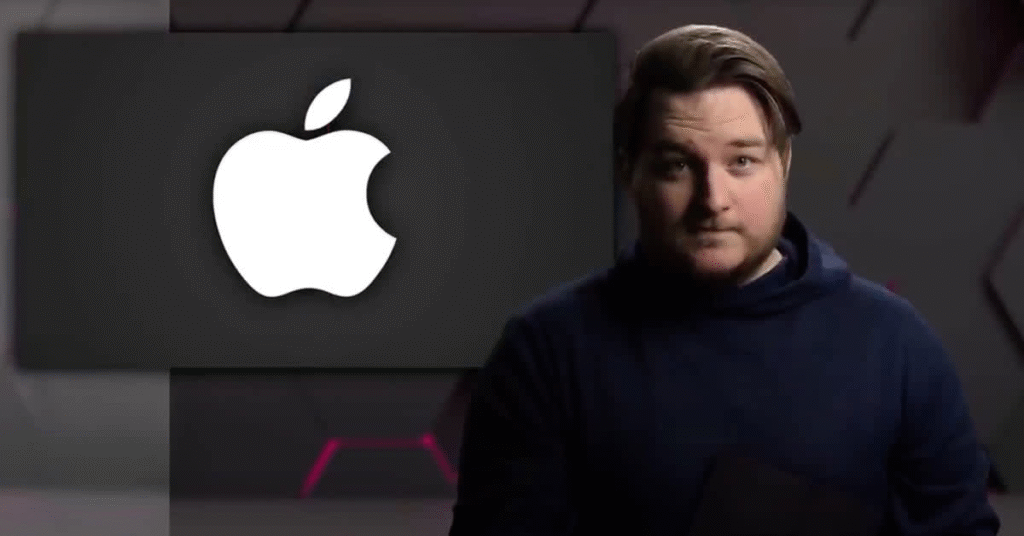Apple has initiated a federal lawsuit in the Northern District of California against well‑known tech leaker Jon Prosser and an accomplice, Michael Ramacciotti, accusing them of conspiring to steal trade secrets related to the then‑unannounced iOS 26. Apple claims that Prosser offered Ramacciotti money or a job in exchange for accessing a development iPhone belonging to Apple engineer Ethan Lipnik. The company seeks damages and an injunction to prevent further disclosure of confidential software designs.

Allegations in Apple’s Complaint
According to Apple’s court filing, Ramacciotti learned Lipnik’s device passcode and used location tracking to identify times when Lipnik was away from home. He then entered Lipnik’s residence, accessed the development iPhone running iOS 26, and placed a video call to Prosser to display the unreleased features. Prosser allegedly recorded that call and used the footage to publish renderings and videos of forthcoming changes to the Camera app, Messages interface, and a new Liquid Glass design language.
Discovery and Evidence
Apple learned of the scheme in April after receiving an anonymous email from someone who recognized Lipnik’s apartment in Prosser’s leaked footage. The company also obtained a voice note in which Ramacciotti apologized to Lipnik and stated that the operation was Prosser’s idea. Lipnik was subsequently terminated for violating Apple’s policies on safeguarding pre‑release software.
Prosser’s Response
Prosser has publicly denied orchestrating any wrongdoing or knowing how the information was obtained. In a post on X, he stated that he did not plot to access any phone and had no knowledge of passcodes. He also indicated that he possesses evidence contradicting Apple’s version of events and expressed willingness to cooperate once formally contacted.
Legal Claims and Remedies Sought
Apple mentions the Defend Trade Secrets Act and the Computer Fraud and Abuse Act in its suit, saying that Prosser and Ramacciotti took confidential designs and code. The company seeks damages in monetary terms as a result of the damage imposed on its position on the competitive level, and a court order that would prohibit any further utilization or disclosure of any trade secrets remaining in the possession of the defendants.

The case further highlights the dangers that technological companies are exposed to due to unauthorised leaks as well as the extremes they will resort to in safeguarding unreleased innovations. Whether these proceedings can establish some precedents of the ways in which corporations are to protect vulnerable software functionalities in the age of rapidly changing online media coverage remains to be seen.



